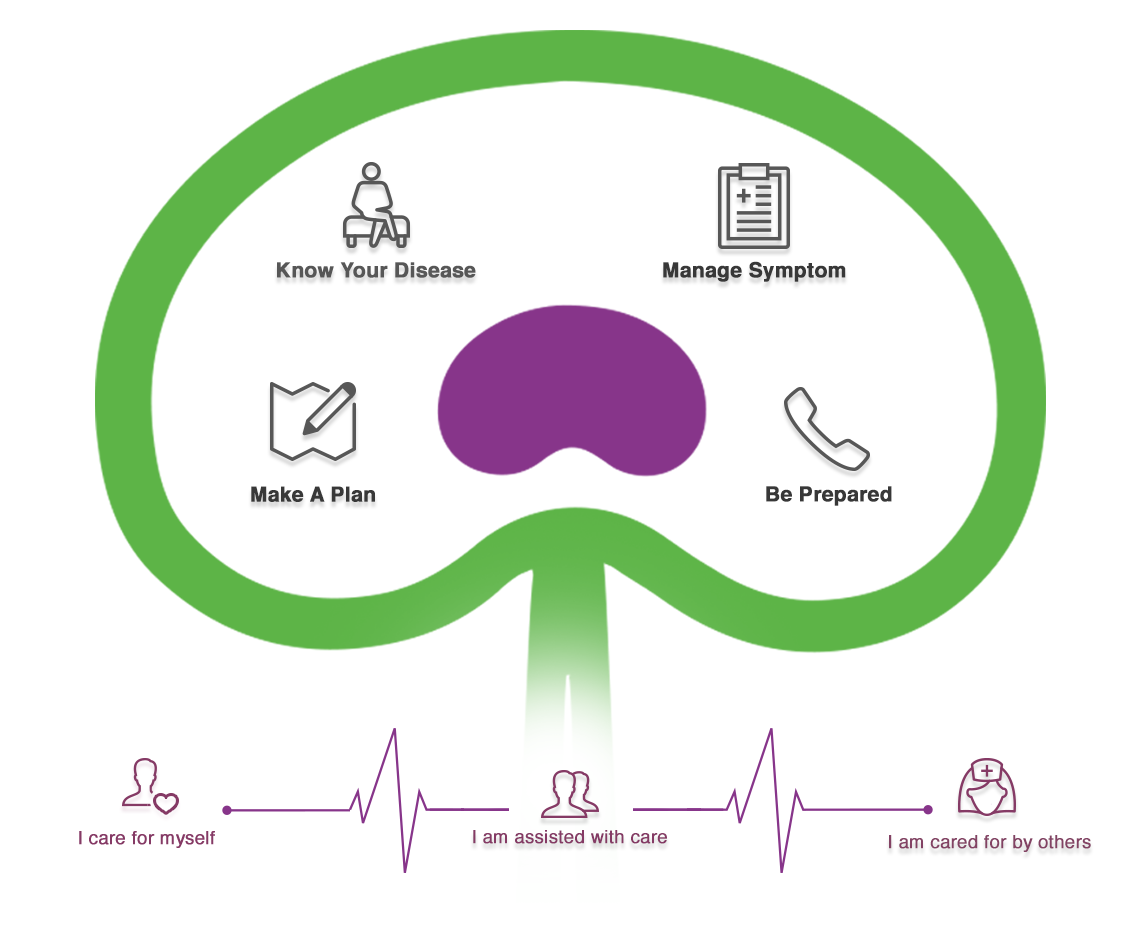Restless Legs Syndrome
Guiding Priniciple:
Treat the patient's restless legs syndrome (RLS) if it is affecting their sleep or quality of life.
- Correct anemia and iron deficiency (See: Anemia Guideline)
- Correct hyperphosphatemia (See: Calcium/Phosphorous Guideline)
- Remove drugs which may contribute to or cause RLS:
- Dopamine antagonists:
- antipsychotics: pimozide, haloperidol (Haldol), olanzapine (Zyrexa), risperidone, quetiapine (Seroquel), methotrimeprazine (Nozinan)
- other: metoclopramide (Metonia), promethazine
- Antidepressants
- Mirtazapine (Remeron)
- SSRIs: e.g. citalopram, escitalopram, fluoxetine (Prozac), paroxetine (Paxil), sertraline (Zoloft)
- SNRIs: e.g. duloxetine (Cymbalta), venlafaxine (Effexor)
- Others: TCA’s, carbamazepine (Tegretol), lithium, calcium channel blockers; opioids may also exacerbate RLS in this population
- Dopamine antagonists:
- A trial of abstinence from stimulants such as alcohol, caffeine and nicotine.
- A trial of mental alerting activities, such as video games or crossword puzzles, to reduce symptoms at times of boredom.
- The promotion of good sleep hygiene:
- Wake up at the same time every morning.
- Do not go to bed until you feel sleepy.
- Do not “try” to fall asleep.
- Avoid napping during the day.
- Avoid caffeine in the evening.
- Save your bedroom for sleep (and sex) only.
- Leave your day’s dilemmas at the door.
- Incorporate relaxation techniques.
- If realistic for the patient, aerobic exercise, walking, and/or stretching.
- See: Fatigue and Sleep Disturbances Guideline
- See: Restless Legs Patient Handout
Many of the following medications have been dose-adjusted for the end-stage kidney disease patient and some are being used off-label for RLS. Medications such as gabapentin and pregabalin should be tapered down as kidney function deteriorates. *Note that gabapentin is not commercially available in 50 mg capsules, but can be compounded for patients if the lower starting dose is desired.
Gabapentin
A recommended starting dose is 50-100 mg* nightly. If not effective, it can be further titrated by 100 mg every 7 nights to a maximum of 300 mg PO q hs. It should be taken 2-3 hours before bedtime due to delay of peak onset.
The most common side effects are drowsiness, dizziness, confusion and fatigue. Peripheral edema may also be a side effect.
Pregabalin
Similar to gabapentin, but more expensive and not covered by the Seniors’ or Basic Alberta Blue Cross plans. Other private plans may cover the cost.
Pregabalin can be initiated at 25 mg PO nightly and titrated by 25 mg every 7 nights to a maximum of 75 mg PO qhs. It should be taken 2 hours before bedtime. Potential side effects are similar to those of gabapentin.
Non-ergot derived dopamine agonists
These have shown success in reducing RLS symptoms in idiopathic RLS and there are a few limited studies that have examined their role in uremic RLS.
- Pramipexole 0.125 mg PO 2 hours prior to HS; may increase by 0.125 mg PO Q7days to effect up to a maximum of 0.75 mg/day.
- Rotigotine transdermal patch 1 mg / 24 h applied once daily, may increase by 1 mg / 24 h weekly up to a maximum 3 mg / 24 h. Requires tapering if discontinuing.
- Ropinirole 0.25 mg PO 2 hours prior to HS; may increase by 0.25 mg PO Q5-7 days to effect up to a maximum of 2 mg/day.
Note that all dopamine agonists should be taken 2 hours before sleep due to delay of onset. Side effects might include headache, insomnia, and nausea; augmentation may occur with long-time usage.
Considerations at End of Life:
Benzodiazepines
Benzodiazepines are not a first line treatment for RLS but there is some limited evidence for their use. Benzodiazepines can carry significant risks including an increased risk of falls/fractures and decreased cognition. If the patient is experiencing refractory RLS causing significant sleep disturbance, or if benzodiazepines may potentially treat concurrent symptoms (eg. anxiety), they could be considered. They may also be the only option for a patient who is no longer able to swallow.
Prescribers could consider initiating midazolam 1 mg subcutaneously q4h PRN.
Some drugs commonly prescribed at end of life, such as haloperidol and opioids, may potentially contribute to RLS.



